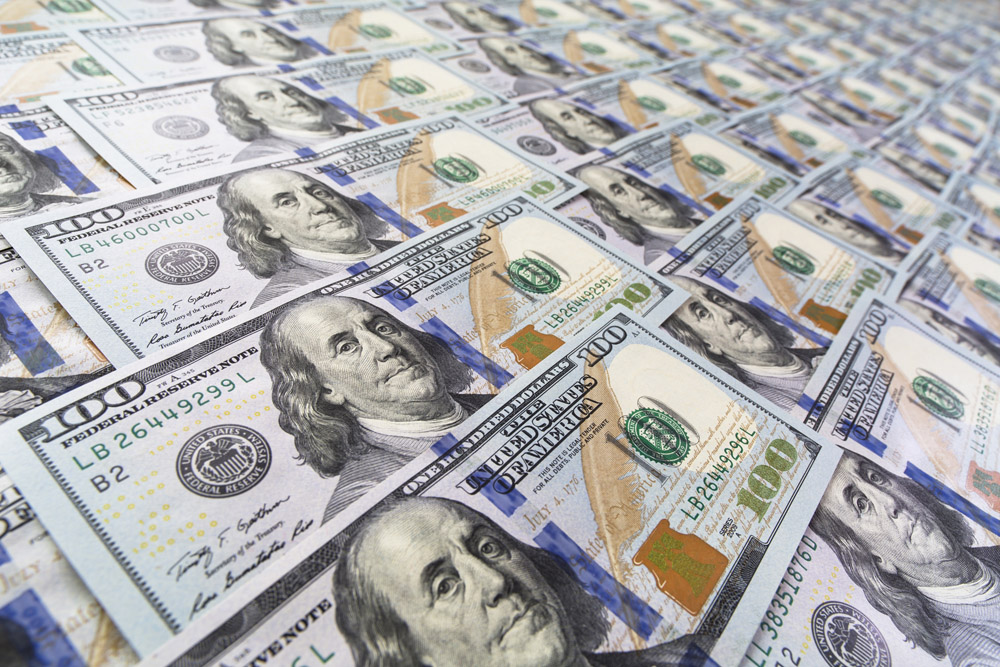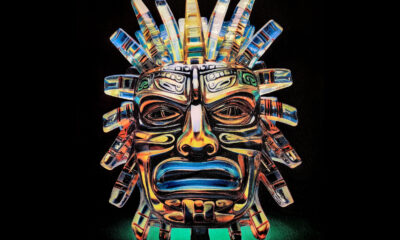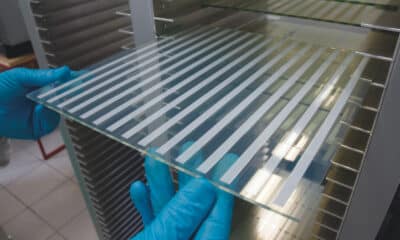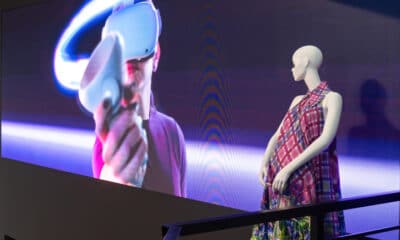We all use paper money – banknotes, as we say in Europe – and surely every reader of Screen Printing understands that the currency we use is printed somehow by someone, somewhere. As you might expect, those details are among the most sensitive, carefully guarded secrets in all of printing. Since paper money is frequently subjected to counterfeiting attempts, banknote printers use very sophisticated technology to thwart these efforts.
We all use paper money – banknotes, as we say in Europe – and surely every reader of Screen Printing understands that the currency we use is printed somehow by someone, somewhere. As you might expect, those details are among the most sensitive, carefully guarded secrets in all of printing. Since paper money is frequently subjected to counterfeiting attempts, banknote printers use very sophisticated technology to thwart these efforts.
If you attempted to photocopy a banknote, for example – which would be far too easy, and is not advisable – you would find that certain features have mysteriously turned to black. Many other security features are at work, including some that are overt (detectable by the naked eye) and others that are covert, which require special equipment to detect.
One common test involves features that change colors as the user looks at them from different angles. This color-shift effect is achieved through specially shaped metallic pigments that are applied by screen printing because of its ability to print opaque ink deposits. Usually, hybrid inks – a combination of water-based and UV technology – are used to create this illusion. After printing, the inks are sent through a forced-air dryer, followed by a UV-curing unit. The pigments settle on the substrate as the water evaporates, leaving behind a mirror-like effect. Since banknotes are manufactured in big quantities, rotary screen printing is used rather than conventional flat-screen printing on special presses that reach speeds of about 100 feet per minute.
Who does the printing? Banknote specialists are independent printers that accept orders from different governments around the world. Their highly scrutinized products must meet stringent standards for durability and consistency, and they use a mix of printing technologies to meet these goals. Offset is often used to create the primary image; intaglio is used to print a finely detailed, hactic (tactile) image that gives the banknote the correct look and feel; screen printing is then used to apply additional security features.
Advertisement
Banknotes require the highest level of anti-counterfeit protection, but you can find similar printed features on passports, driver’s licenses, stamps, tickets for public transportation, official documents, and more. Even consumer goods such as expensive wines and branded apparel can involve lower-end security features to ensure brand authenticity.
We don’t often think of money as anything beyond a flame in our pockets, but for these specialists, it’s a meticulous, top-secret craft.
Explore other industrial printing projects from our August/September issue:
Loggerhead Deco: Sustainable Success

Graphic Overlays Take Flight

Advertisement
Screen Printing’s Place in the Sun



 Case Studies2 months ago
Case Studies2 months ago
 Art, Ad, or Alchemy2 months ago
Art, Ad, or Alchemy2 months ago
 Andy MacDougall2 months ago
Andy MacDougall2 months ago
 Columns3 weeks ago
Columns3 weeks ago
 Editor's Note2 weeks ago
Editor's Note2 weeks ago
 Thomas Trimingham2 months ago
Thomas Trimingham2 months ago
 Marshall Atkinson2 weeks ago
Marshall Atkinson2 weeks ago
 News & Trends1 month ago
News & Trends1 month ago


















